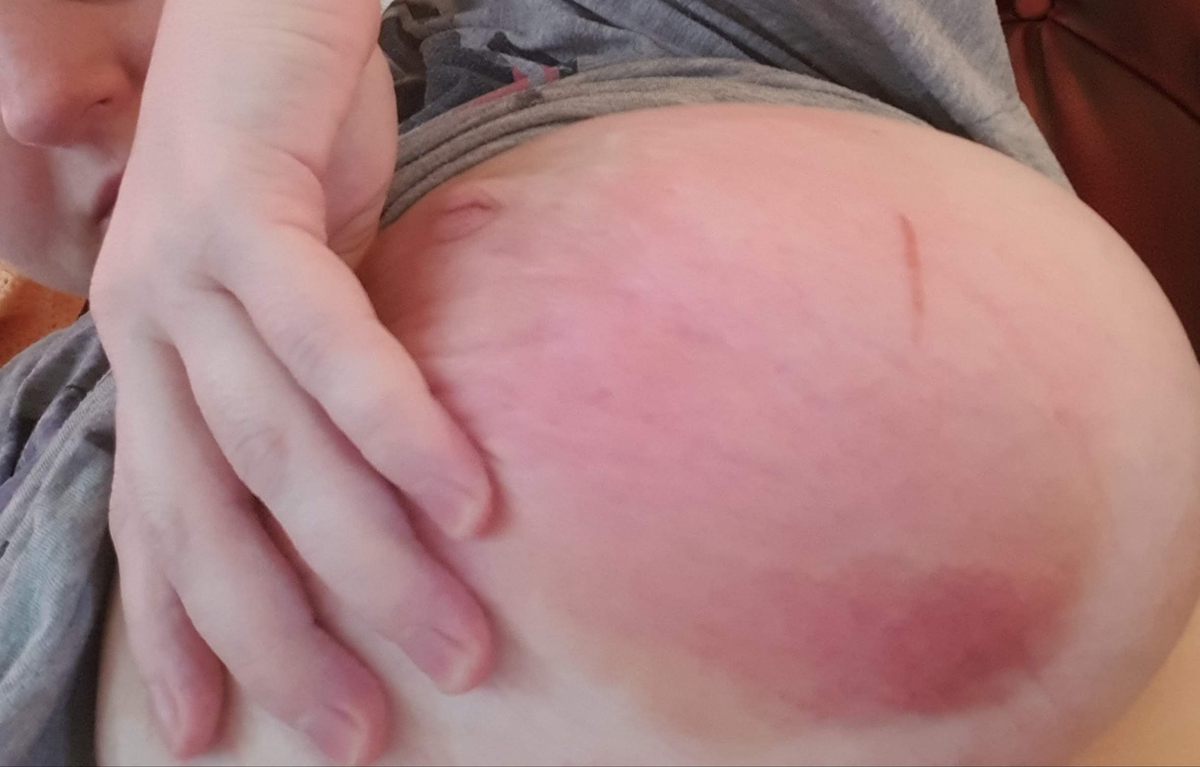
Mastitis and causes of various types
Mastitis can happen at any age, but most commonly it happens after delivering a baby because in that moment, conditions for mastitis creation are best. Factors that allow the growth and penetration of microorganism are insufficient hygiene of breasts in pregnancy, breasts that are not prepared for breastfeeding, especially, the nipples that can also be damaged if not ready, because damaged nipples can induce mastitis.
The second cause of mastitis is insufficient release of the milk from breasts, especially in the first days of the newborn baby’s life. This means that even though breasts do produce enough milk, it is not excreted in needed amount.
The third factor would be improper breastfeeding. Sometimes breastfeeding lasts for too long, longer than necessary, and if the hygiene is not at the appropriate level, mastitis occurs. That is why mastitis happens to mothers with a first child, because they lack experience.
Streptococcus and staphylococcus are the most common causes of mastitis. Infection can spread through lymph, blood and via small channels in breast tissue. Lymphatic type is more common than the blood one, while the channel type happens most frequently and is characterized by the infection that attacks excretion channels of the mammary glands first, and then it spreads on the glandular tissue. Inflammation process from that position easily transfers from glandular to fat and connective tissue. This is parenhimatic mastitis and inflammation might attack one or several parts of the mammular gland leading to the creation of infiltration, and then abscess. The point is that pus can enter the milk, thus preventing the mother from breastfeeding until the condition is treated.
The symptoms and the treatment
Interstitial mastitis affects fat and connective tissue in the breast, while later on it can transfer to glandular tissue. It is usually caused by lymphogenic spread of the infection, and wounds on the nipples help in inducing this type of mastitis. This illness is manifested through the enlarged and worm breasts, firm and painful when touched. High temperature is present, followed by fever.
Mastitis can be treated with the help of the surgery, although it can also be dealt with without surgery, but only if it is discovered at the early phase. Antibiotics that should be used are determined after the bacteriological examination, which includes analysis of the smear from the woman’s nipple. If condition did not progress into abscess, the best therapy consists of cold bandages and antibiotics. Abscess sometimes requires surgery in order to eliminate this medical problem. It is important for this condition to be eliminated as fast as possible, in order for a baby to have mother’s milk for meals again.



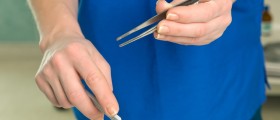

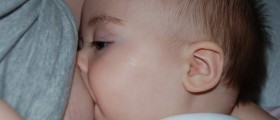
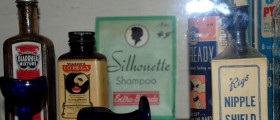



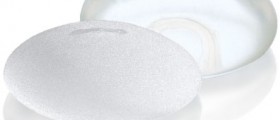

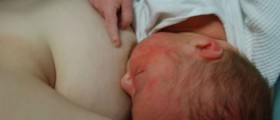


,-Don't-Ignore-Receding-Gums_f_280x120.jpg)

Your thoughts on this
Loading...